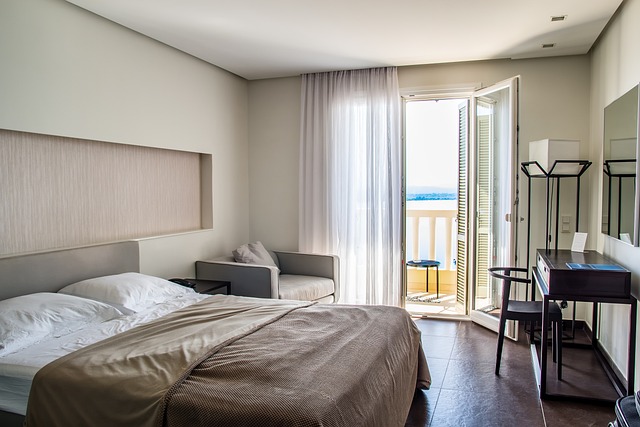
Among the most fundamental aspects of being a hotel owner is to make sure that guests are relaxing in a comparatively tranquil environment. The wrong kind of noise can prove to be a big disturbance and may disrupt the atmosphere that has been made.
Links to major transport networks coupled together with local amenities can prove to be a significant contributor to the economic success of a contemporary hotel. Town centers and proximity to major motorways, rail stations, or airports all come with their unique acoustic troubles. Developers have the problem of creating peaceful conditions and making sure to avoid causing disturbance to inhabitants in environments that may be noisy as measured by a noises level meter.
Keeping Noise Out – The Importance of Façade Design
High noise levels aren’t the only problem. The noise content may also make things a tad challenging. Most of the acoustic energy affiliated with transport noise is set at diminished frequencies (which comes off as a low ‘rumble’), and it is this exact diminished frequency noise that has to be decreased the most to have a significant effect. For any hotel façade, the acoustic weak point – the window – is best at decreasing sound that is set at high (not low) frequencies and worst when it comes to keeping out low frequencies.
Noise from road traffic tends to be relatively continuous during the day, but increased noise levels, in short, abrupt bursts (horns, vehicle sirens, and passing aircraft) can considerably interrupt the sleeping schedules of hotel guests.
Likely measures that can be taken in the general layout and design of the hotel include:
- Attenuating the source of the noise
- Including screening between the hotel and the source of noise e.g. bunds or screens, other buildings, or other, less sensitive hotel sections.
- Taking into account the layout of the hotel, such that guest room facades are facing away from the primary source of the noise.
When these steps have been considered, it’s time to think about the exterior façade. Highly-efficient glazing alternatives can be considered in certain scenarios, for instance:
- Deep airspace double glazing
- Laminated acoustic glass
- Acoustic linings to the bottom, top, and sides of the glazing reveal
These steps can be quite pricey. Nevertheless, advanced 3-D acoustic modeling methods and software are easily accessible and can be utilized to ‘map’ noise level-up variation around a building. This will give a precise idea of the noise levels that will impact every floor of every façade — and even every hotel if need be. When it comes to tall buildings, noise decibels can also be different as the height of the building increases.
All Under One Roof
The acoustic problems proceed in the building’s interior. Most hotels these days merge various facilities under a single roof to maximise commercial diversity and appeal, thereby ascertaining maximum usage levels. The majority of contemporary hotels, for instance, will provide extra amenities like restaurants, pools, gyms, function rooms, and bars, all of which can affect the inhabitants of opposite bedrooms and disrupt speech intelligibility in nearby conference or function rooms.
The predominant source of noise is often music and a similar issue crops up again. The most apparent aspect of dance music noise – the low-frequency bass – is the hardest to control since similar to glass, the floors and internal walls of a hotel perform poorly when set at these diminished frequencies (it’s like the low-frequency nightclub throb you hear when you’re outside).
